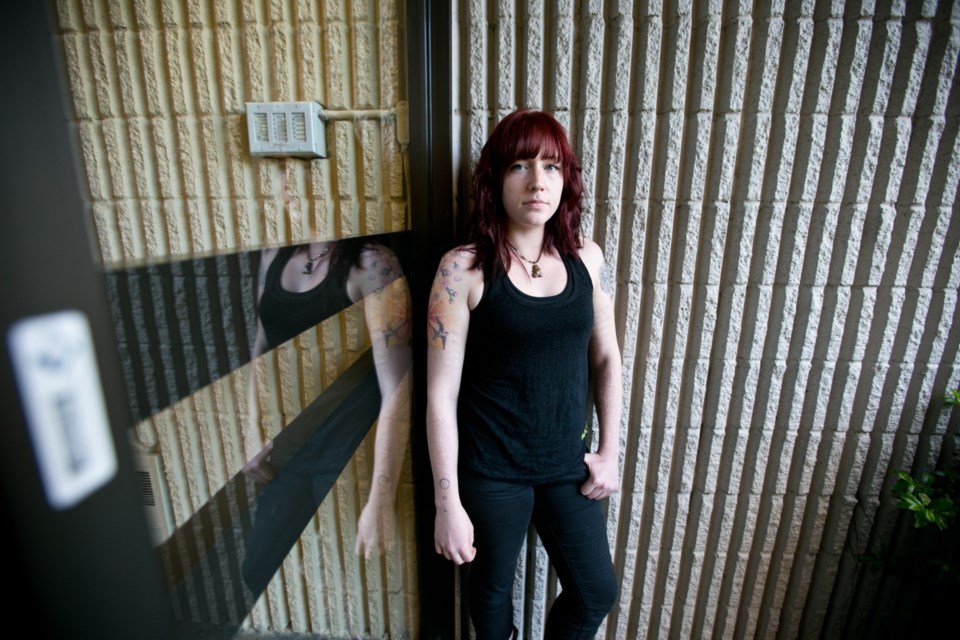Greater Victoria has a serious gap in services for homeless youth outside the downtown core, according to a new report by the Greater Victoria Coalition to End Homelessness.
“So many services are concentrated downtown … and there is not much on the West Shore,” said executive director Andrew Wynn-Williams.
The 50 youth surveyed for the report cited family issues and a lack of employment and affordable housing as the top pathways to homelessness in the region.
“The stereotype is youth are homeless because they do things like quit school. It’s often the opposite. They become homeless and then can’t stay in school,” Wynn-Williams said.
The report, Youth Pathways In and Out of Homelessness in the Capital Region, was done in partnership with the Community Social Planning Council and included input from service providers and local youth who’ve experienced homelessness. “We needed a better idea of why youth are becoming homeless here. Or to at least confirm what we suspected,” said Wynn-Williams.
Youth who participated cited difficulties in getting government assistance to live independently through what is called a youth agreement or young adult agreement. For example, to get an agreement, they would already need to be in government care or involved with the ministry, categories some homeless youth don’t fit into.
Some spoke about the conundrum of not being able to work because they did not have a permanent address. “I got fired … because [my employer] found out I was homeless. … That’s one of the vicious cycles: In order to get a job, you kind of need an address,” said one of the participants.
Others noted the difficult transition to adult services at the age of 19, namely aging out of foster care, not being able to access some youth services and not feeling comfortable in adult-oriented environments such as shelters.
“The 19-to-24 is the weird age [group]. That’s when people usually go homeless,” said one youth.
Another said: “Pretty much when they kick you out of foster care, they say there’s the welfare office, f---ing take a hike.”
Wynn-Williams said some of the most valuable information came from youth feedback on existing services and ideas for what is needed.
“We’re really looking at the feedback from youth on the street level. What do they see as solutions,” said Wynn-Williams. The report will be used in conjunction with another that looks at the numbers of homeless youth in the region to make recommendations for change. “This is where some very interesting stuff came up.”
Several youth lamented the loss of the YMCA youth outreach van, which was cut due to funding problems in 2011, as an effective way to reach young people outside of downtown.
Many said a positive relationship with an adult helped them, while others expressed frustration with impersonal or inconsistent contact with support workers.
Researcher Meghan Ignatescue helped facilitate focus groups with the youth. She also experienced homelessness between the ages of 18 and 21. “I was kicked out of care at 18, so I can relate to having nothing,” said Ignatescue, 23.
She said many Victorians don’t realize how much youth homelessness there is in the region and how few options there are for young people.
“There’s this misconception that youth are choosing to be homeless. That they just don’t want to follow the rules. But that’s not the case,” she said. “Most of the youth we talked to are not there because they want to party or choose to be. Most really want to work and get out of their situation.”
Ignatescue wants to see more low-barrier emergency shelter beds for youth, an expansion of services and more for youth between the ages of 19 and 24. To read the reports, visit: victoriahomelessness.ca.



